Chrome OS Flex is a new desktop operating system from Google that focuses on the simplest deployment and compatibility with technically outdated computers. Thanks to its cloud architecture, the platform offers high performance, so it can be considered for installation by owners of laptops and PCs up to 10 years ago, including even MacBooks and iMacs, which no longer “pull” modern versions of macOS. What’s more, Chrome OS Flex has extremely extensive support: depending on the model, you can get guaranteed updates right up to 2030. Sounds serious.
In today’s material, you will learn about the main nuances if you decide to try Chrome OS Flex. The method is official and open.
- To the point: here will be a link to an overview of Chrome OS Flex
What you need to install Chrome OS Flex
USB installer creation device
- A Windows, macOS, or Chrome OS computer with an up-to-date version of the Chrome browser.
Free USB drive
- The volume is 8 GB or more.
- Note: Some SanDisk drives may not work as installers and, despite a successful write, will not boot correctly.
- If important files and data are stored on the USB drive, all content will be erased when the burning process begins.
Target device
Google guarantees the full functionality of Chrome OS Flex only on certified models. The list of devices is available on the official website and includes both popular manufacturers (Acer, ASUS, Apple, HP, Dell, Lenovo, Microsoft) and others, such as Panasonic, Toshiba, Zotac, Fujitsu. It is clarified that Chrome OS Flex may also work on unverified, that is, non-certified devices, but the performance, stability and functionality of the main functions in this case are not guaranteed.
Minimum system requirements
- Architecture: Intel or AMD, x86-64.
- RAM: 4 GB or more.
- Internal storage: 16 GB or more.
- Full BIOS access: You will need to boot from the Chrome OS Flex USB installer and make some changes to the BIOS if you run into problems.
- Processor and Graphics: Using pre-2010 components may result in poor overall performance.
- Internet connection (required!).
How to install Chrome OS Flex
Step 1: Install Chromebook Recovery Utility – This is a common browser extension
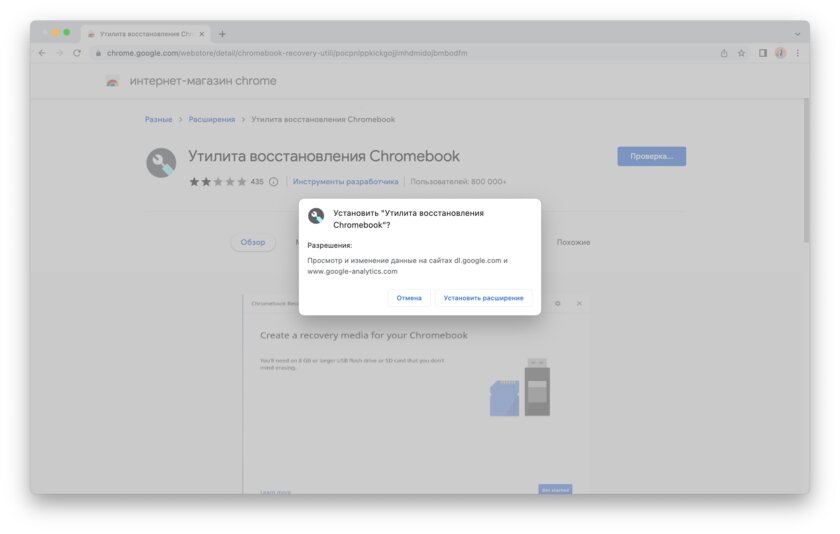
- Open the Chrome browser on your Windows, macOS, or Chrome OS device.
- Go to the Chromebook Recovery Utilities page in the Chrome Web Store.
- Click “Install” in the top right corner.
- In the pop-up window, click “Install Extension”.
- Make sure the extension is enabled in the browser. The function is located along the path: “Additional tools” → “Extensions” → “Manage extensions”.
Step 2: Create a USB Installer
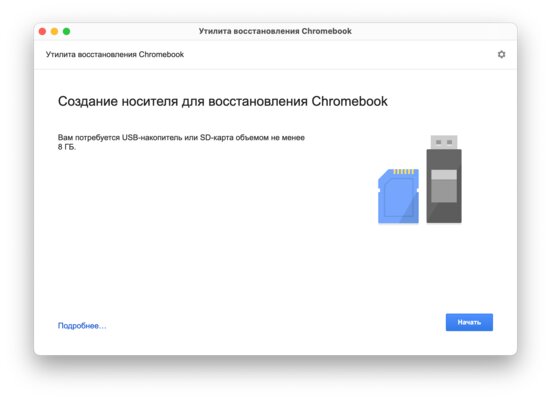
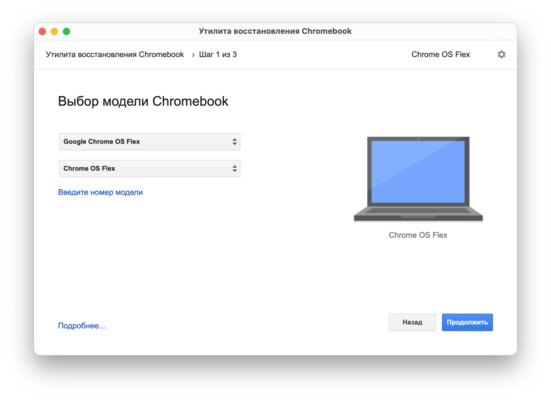
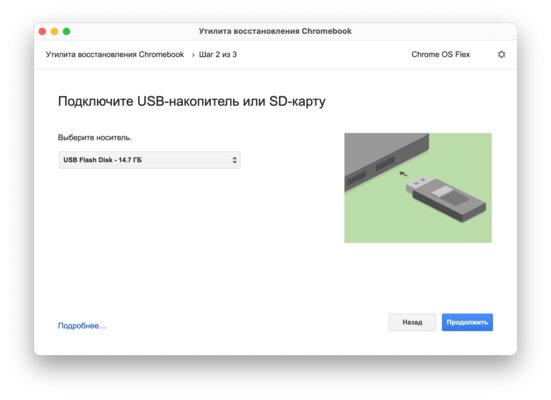
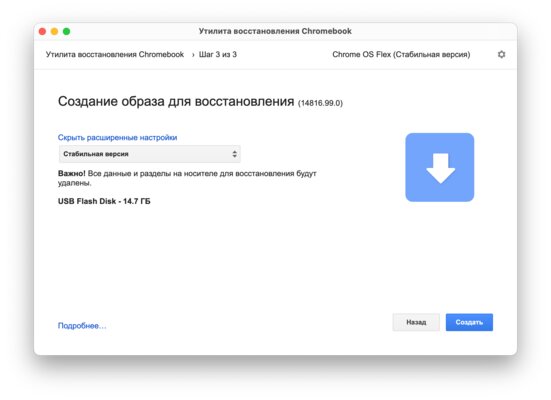
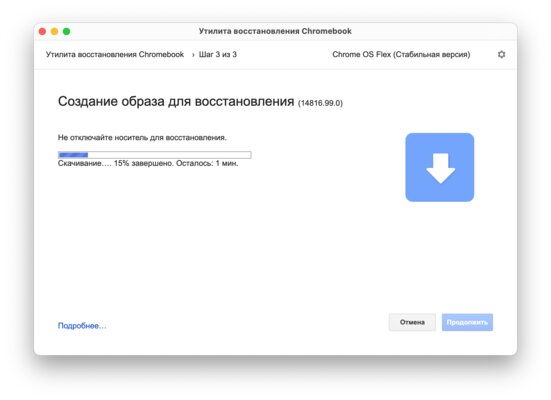
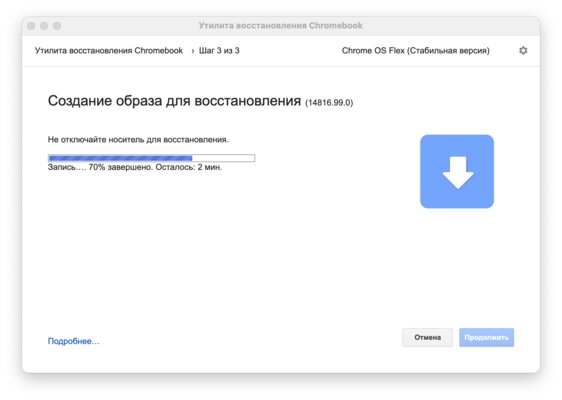
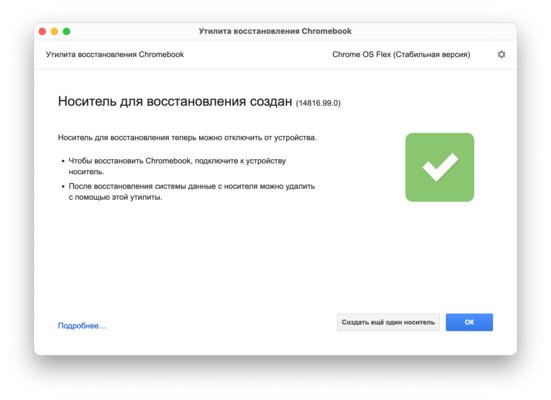
- In the Chrome browser, run the “Chromebook Recovery Utility”.
- Click “Start”.
- Click “Select a model from the list”.
- In the list of manufacturers, find and select “Google Chrome OS Flex”.
- Select “Chrome OS Flex” from the list of products.
- Click Continue.
- Connect your USB drive to your computer and select it.
- Click “Continue” again.
- Above the data deletion warning, click “Show advanced settings” and select “Stable”.
- Click Create.
Ready! Wait for the latest image download, verification, and burning to complete. Please note that during the installation process, the “Chromebook Recovery Utility” may show unusual percentages. Don’t be afraid. Google warns that the phenomenon is completely normal and does not mean any error.
Source: Trash Box
Donald-43Westbrook, a distinguished contributor at worldstockmarket, is celebrated for his exceptional prowess in article writing. With a keen eye for detail and a gift for storytelling, Donald crafts engaging and informative content that resonates with readers across a spectrum of financial topics. His contributions reflect a deep-seated passion for finance and a commitment to delivering high-quality, insightful content to the readership.







